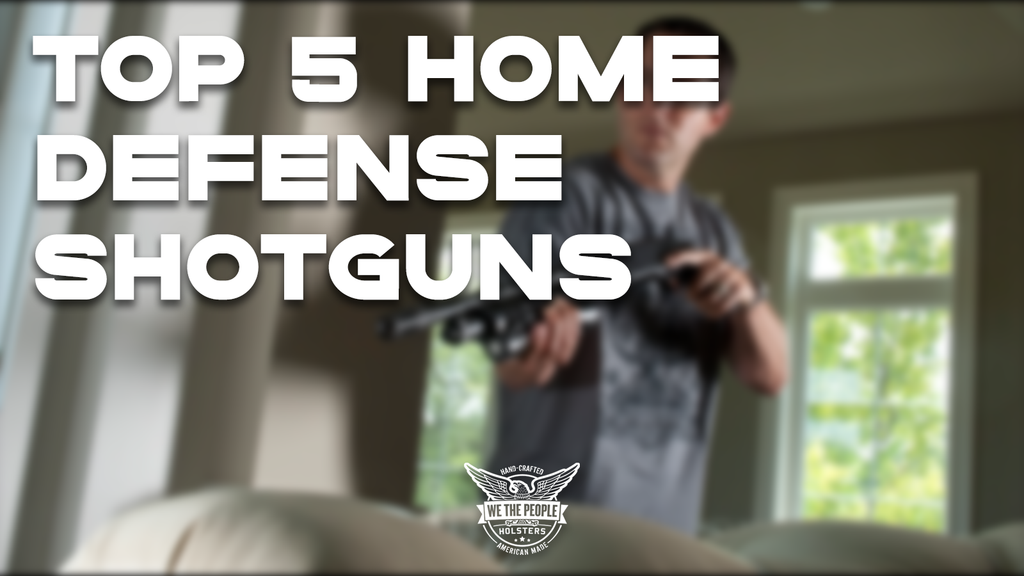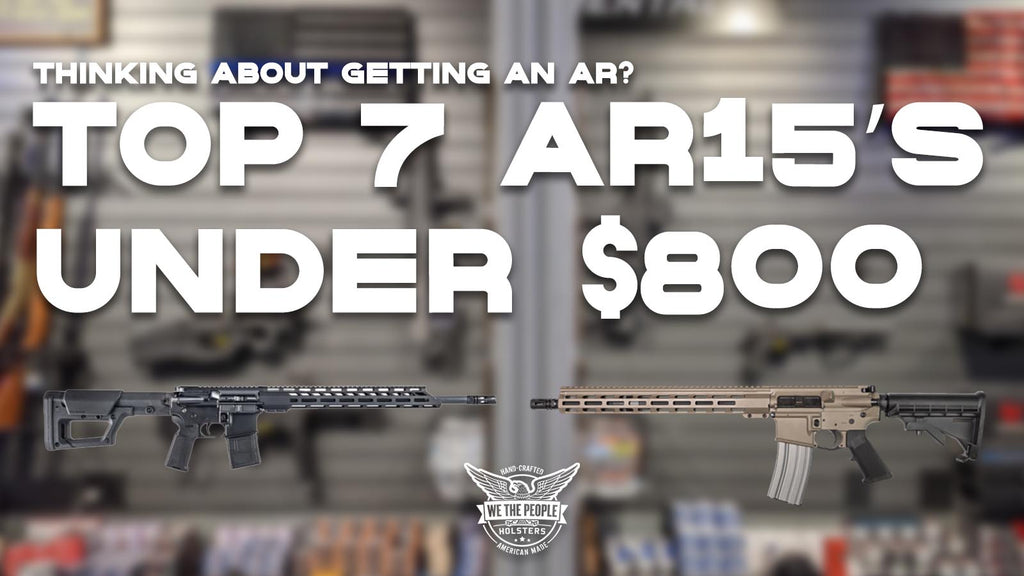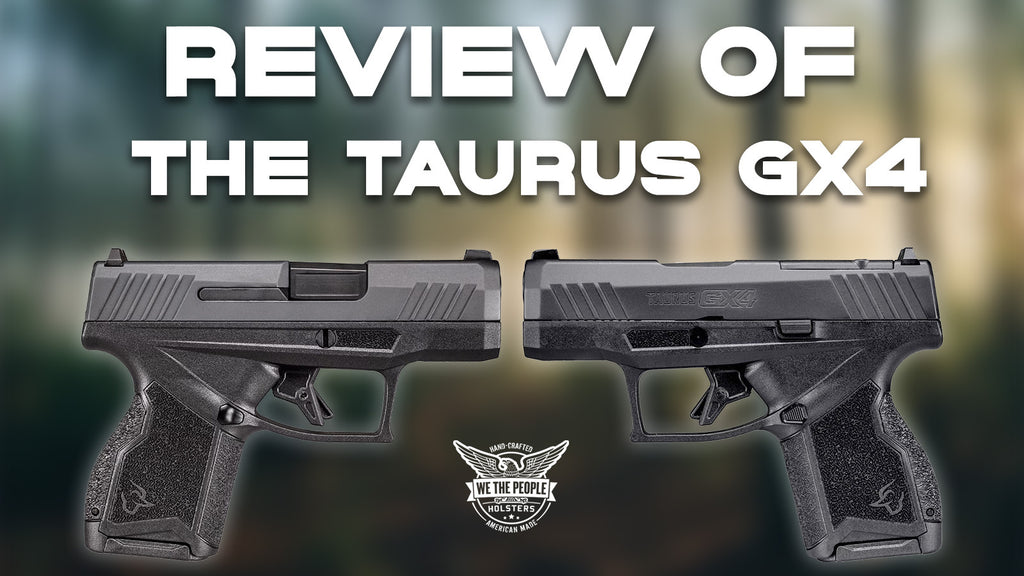If you’re interested in carrying a handgun for self-defense, you need to consider the caliber. The importance of correct shot placement cannot be overstated, but the terminal performance of the ammunition is critical to reliable incapacitation. The most common handgun cartridges for law enforcement and private self-defense are the .40 S&W and .45 ACP.
.45 ACP (Automatic Colt Pistol)

During the Philippine-American War and Moro Rebellion, U.S. Army officers reported that the .38 Long Colt cartridge exhibited inadequate performance against juramentados. These Moro swordsmen charged frenziedly against American soldiers without mercy, necessitating the use of more powerful weapons, such as 12-gauge shotguns.
Following the Thompson-LaGarde tests of 1904, the officers recommended the adoption of a .45-caliber handgun cartridge. Colt and Winchester developed what would become the .45 ACP cartridge in 1905. The .45 ACP proved an effective round with greatly improved stopping power. The 45 ACP caused significant damage to the human body.

M1911 Handgun
Initially adopted in the M1911 pistol, the .45 ACP cartridge is now available in various polymer-framed, striker-fired handguns. The .45 ACP cartridge has a .452-caliber (11.5mm) bullet and a case length of 0.898” (22.8 mm).
.40 S&W (Smith & Wesson)

In the wake of the deadly 1986 FBI Miami shootout, the Bureau began testing several weapons and calibers to identify a suitable replacement for its aging 38 special and 357 Magnum revolvers.
In 1990, the FBI adopted Smith & Wesson Model 1076 and the 10mm Auto cartridge. As the FBI found commercially available standard-pressure loads too powerful, it adopted a reduced-pressure load.
Smith & Wesson and Winchester developed the .40 S&W cartridge shortly after that to duplicate the service ballistics of the FBI 10mm Auto cartridge load using a shorter cartridge case adaptable to medium-framed handguns. The .40 S&W cartridge has a .400-caliber (10.1mm) bullet and a case length of 0.850” (21.5 mm).
.40 vs .45
The .40 S&W and .45 ACP cartridges are available in a wide variety of subcompact, compact, and full-size semi-automatic pistols suitable for concealed and open carry. You can find single and double-stack striker and hammer-fired pistols.
Ballistics
When fired in a high-quality weapon by a trained shooter, both the .40 S&W and .45 ACP cartridges are highly accurate with excellent stopping power.
In a defensive handgun, practical accuracy has more to do with the load and weapon than the caliber.
.40 S&W Ammo Ballistics
In .40 S&W, the maximum recommended chamber pressure is 35,000 psi (pounds per square inch). JHP loads generally use 155, 165, and 180-grain bullets. When loaded with 180-grain bullets at standard pressure, the .40 S&W cartridge is typically subsonic, achieving muzzle velocities between 950 and 1,000 ft/s in compact handguns.
When loaded with 155- and 165-grain bullets, velocities can increase to between 1,100-1,200 ft/s.
45 ACP Ballistics
The .45 ACP cartridge has a maximum recommended chamber pressure of 21,000 psi. The most common JHP bullet weights are 185, 200, and 230 grains. At standard pressure, the .45 ACP cartridge is subsonic.
In the original 230-grain load, the muzzle velocity in a 5” barrel was between 830 and 850 ft/s. Bullets weighing 185-200 grains typically exit at between 900 and 1,050 ft/s.
Recoil
Many shooters find the recoil of the .40 S&W cartridge to be sharper in a similarly sized weapon, as the round operates at a higher chamber pressure than the .45 ACP. Recoil can affect suitable weapon size.

For example, in compact and subcompact handguns for concealed carry, both the .40 S&W and .45 ACP can reduce comfort and controllability.
Stopping Power
In selecting a cartridge and load suitable for self-defense, your priority should be sufficient penetration. The FBI established standards for adequate penetration: 12” is the minimum and 18” the maximum. Once a bullet penetrates sufficiently to reach vital organs and major blood vessels, the focus should be on increasing the diameter of the permanent wound cavity through reliable expansion.
Ammunition Testing
In 2015, Lucky Gunner, the online ammunition retailer, published a comprehensive comparison of cartridge load test results using 10% ordnance gelatin to evaluate terminal performance. Lucky Gunner also used four layers of denim to simulate the effect of clothing on the ability of the bullet to expand reliably.
In each test, Lucky Gunner fires five shots into a block of Clear Ballistics Synthetic Gelatin and calculates the median penetration and expansion.

.40 S&W Performance
Depending on the load, the .40 S&W cartridge can exhibit impressive terminal performance, reliably meeting the FBI’s penetration standards and expanding consistently. A bridge between the 9mm Luger and .45 ACP, .40 caliber handguns tend to have the advantage of increased magazine capacity.
Light and Effective: Barnes 140-gr. TAC-XPB
On the lighter end of the spectrum is the 140-grain TAC-XPB, a solid-copper hollow point that achieves a reasonable balance between penetration and expansion.
When fired from a 4” barrel, the listed velocity is 1,120 ft/s for a muzzle energy of 394 ft-lbf. This load will generate less recoil in a compact weapon while still meeting the FBI’s minimum penetration standard.
Greatest Expansion: Remington 180-gr. Golden Saber
The Remington 180-gr. Golden Saber provides the greatest median expanded diameter of any .40 S&W JHP that Lucky Gunner tested: .814 caliber. Median penetration is an acceptable 13.9”. This load provides a superb balance for personal protection.
Optimal: Winchester 180-gr. Defender
Expanding to a median diameter of .70 caliber, the Winchester 180-gr. Defender consistently achieves optimal penetration: 16.3”. This load is perfect if you’re interested in ammunition that strikes a balance between the two.
.45 ACP Performance
The .45 ACP cartridge has the advantage of initial diameter and bullet weight, increasing the expansion potential of jacketed hollow-point ammunition. Slow and heavy, these bullets penetrate deeply.
Maximum Penetration: Hornady 200-gr. Critical Defense XTP
If you want a .45 ACP load that penetrates deeply, consider the Hornady 200-grain Critical Defense XTP JHP, which penetrates 18” and expands to .591 caliber on average.
Eighteen inches is the maximum penetration that the FBI lists. While the average expanded diameter is less significant than some other loads, the XTP bullet’s swaged core and varying jacket thickness ensure consistent performance.
Greatest Expansion: Winchester 230-gr. Ranger T Series
Achieving the greatest median expansion of either caliber in Lucky Gunner’s testing is the Winchester 230-gr. Ranger T-Series JHP. Consistently exceeding .95 caliber and achieving an impressive median expansion of 1.01”, this bullet also penetrates to an average depth of 14.2”.
This round is one of the most effective loads available for the .45 ACP cartridge.
Choose the Best Caliber for Your Needs
If you’re interested in carrying a pistol in .40 cal or .45, it’s a good idea to evaluate the loads available and compare operating characteristics to determine the optimal caliber. Before selecting a self-defense load, you should test it using practice targets to ensure reliable function in your carry weapon.
A vital element of carrying a weapon for self-defense is selecting a high-quality holster that can safely and securely hold the gun, ensuring that it’s accessible when you need it most.





